Tesla isn’t the only automaker with ties to the aerospace industry. Honda has just demonstrated a new rocket that, like the ones operated by SpaceX, is designed to be able to safely fly back to earth and then be reused. More from Headlight.News.
A number of major vehicle manufacturers these days have grown tired of saying they’re part of the “auto industry.” The current buzz words: “mobility industry,” with manufacturers like General Motors, Toyota and Hyundai also developing robocabs and flying taxis.
Honda has gone several steps further than those competitors. The automaker launching sales of its HondaJet back in 2015. And it’s now setting its sights even hire.
The third-largest Japanese automaker this week demonstrated a new rocket that eventually will have the capability of sending payloads into orbit and then return safely to Earth for reuse.
A critical test flight
On Tuesday, June 17, Honda R&D staged a 57-second test flight of an experimental rocket at the facility in Hokkaido, Japan that has become known as “space town.”
These days, there are dozens of start-ups and established enterprises getting into the rocket business. But what was unusual about the Honda prototype was its ability to launch and then safely return. In this case, the test flight only reached an altitude of 890.42 feet, but the VTOL – or Vertical-Take-Off-and-Landing – craft was able to land less than 15 inches from where it was originally programmed to target.
“Although Honda rocket research is still in the fundamental research phase, and no decisions have been made regarding commercialization of these rocket technologies, Honda will continue making progress in the fundamental research with a technology development goal of realizing technological capability to enable a suborbital launch by 2029,” the company said in a statement following the successful test flight.
What is Honda building
In its current configuration, Honda’s experimental rocket stands 20.67-foot tall with a diameter of 33.47-inches. The rocket launched this week had a fully fueled weight of 2,892.47 pounds.
That’s light for anything aimed to get into orbit and is expected to grow substantially larger by the time it reaches commercial viability. It’s also expected that Honda will follow aerospace norms and, in future configurations, add one or more stages to the craft.
The company first conducted a static test of its rocket engine in 2021.
Honda is now working with JAXA, the Japan Aerospace Exploration Agency to develop technologies that could be used for manned spaceflight.
More Honda News
- Honda Shows Off Production Version of 0-Series EVs
- Honda Fastport eQuad Aimed to Redefine Last-Mile Delivery
- Honda Slashes EV Investment Due to Weakening Demand
A rare accomplishment
The idea of launching, then safely returning and reusing, a rocket has been a long-time dream of aerospace engineers. And, until recently, it seemed like it would always be a science fantasy.
That changed a decade ago. SpaceX – owned by Tesla boss Elon Musk — accomplished the first return-and-reuse mission in December 2015, putting the refurbished first stage of a Falcon rocket back on the launch pad in 2017. Some of its boosters have now logged more than 20 flights each.
The potential benefits are significant. NASA has confirmed that at costs more than $2 billion each for the SLS, the heavy lifter it plans to use for a return manned mission to the moon.
According to industry reports, the first stages of the Falcon 9 and Falcon X rockets make up 60% of the cost of each flight. But, while Tesla has now made reuse of the two Falcon workhorses a normal occurrence, it has had major trouble with its alternative to NASA’s SLS, the Starship. It’s failed three consecutive test flights, the most recent one in May of this year.

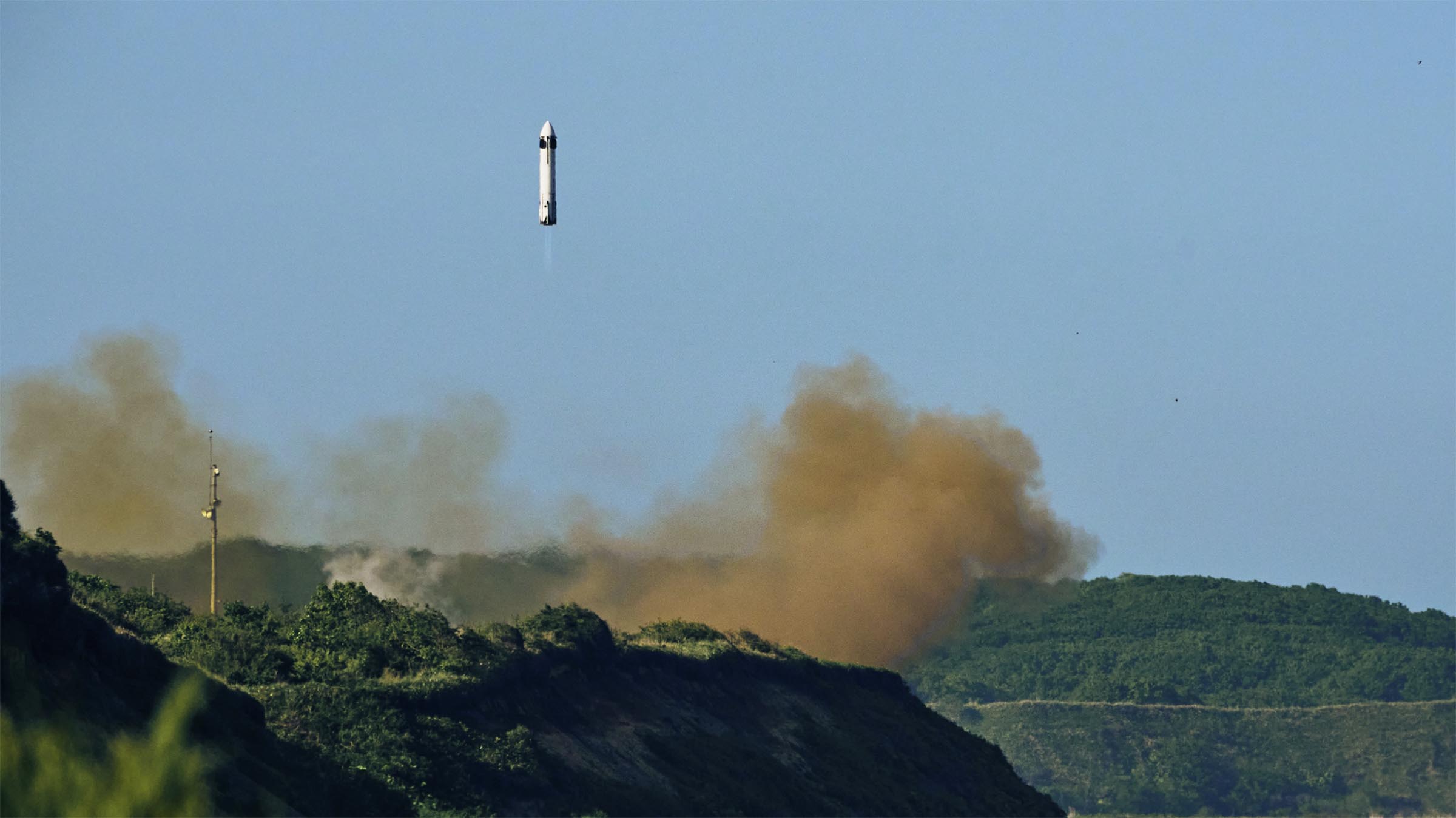
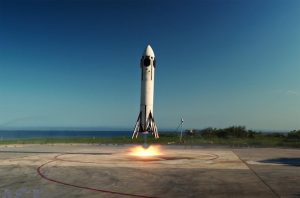

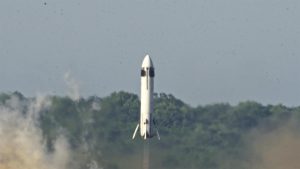

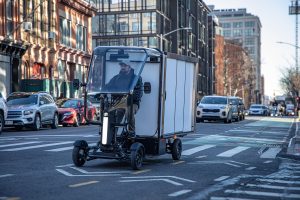
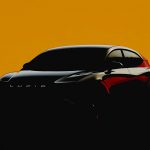

“But, while Tesla has now made reuse of the two Falcon workhorses a normal occurrence, it has had major trouble with its alternative to NASA’s SLS.”
It’s the “D” in R&D, or isn’t Musk allowed test failures?
I stand by that statement. Tesla has had major trouble with the Starship. Three consecutive failures during launches; five of nine launches failed. Add this static test and prior test failures.
That record would see NASA shut down the SLS program. If SpaceX chooses to move forward, that’s its choice. But it does not diminish the fact that it is having “major trouble” with Starship development at this point.
Paul E.